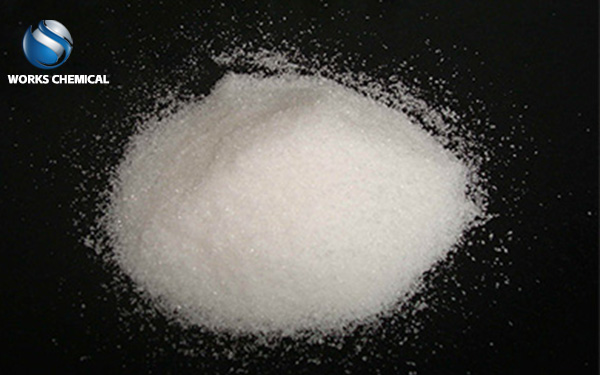
In the sludge conditioning process, in order to reduce the moisture content of the sludge, a variety of sludge dewatering agents are usually added. These agents act on the sludge through different mechanisms to improve its dewatering performance, so as to achieve the purpose of reducing water content. The following are some commonly used sludge dewatering agents and their mechanisms of action:

1. Polyacrylamide (PAM) Type: polymer dehydrating agent, according to ionic properties can be divided into anionic, cationic and non-ionic type.
Mechanism of action: PAM reacts with suspended particles in sludge through hydrogen bonding, so that they gather together to form a larger flocculent, so that it is easy to settle and separate.
Features: efficient, fast, safe, non-toxic, but the price is relatively high.
2. Polyaluminum chloride (PAC)
Type: Inorganic polymer.
Mechanism of action: PAC gathers the suspended particles in the sludge together through adsorption and condensation to form a larger flocculent, which is easy to settle and separate.
Features: The price is relatively low, but the use is large, and the dosage needs to be higher.
3. Polyferric sulfate (PFS)
Type: Efficient and low-cost sludge dehydrating agent.
Mechanism of action: PFS also aggregates suspended particles in the sludge through adsorption and condensation, forming flocculent that is easy to settle.
Features: The amount of use is relatively small, but may cause corrosion to the equipment.
4. Biological enzyme preparation
Type: New sludge dehydrating agent.
Mechanism of action: The organic matter in the sludge is broken down by enzymes to make it drier.
Features: high efficiency, environmental protection, safety, but the price is relatively high.
5. Organic polymer
Type: A class of highly efficient sludge dehydrating agent.
Mechanism of action: Through adsorption and condensation, the suspended particles in the sludge are gathered to form a flocculent that is easy to settle.
Features: efficient, fast, safe, but the same price is higher.
Use precautions
Agent selection: The appropriate sludge dewatering agent should be selected according to the nature of the sludge, treatment requirements and economic costs.
Dosage: The dosage of the agent should be adjusted according to the concentration of the sludge, the moisture content and the performance of the dewatering equipment to achieve the best dewatering effect.
Uniform mixing: After the agent is added, it is necessary to ensure that it is fully mixed with the sludge to improve the dehydration efficiency.
Equipment matching: Different dewatering equipment has different requirements for the size of the conditioned sludge floc, so it is necessary to choose the appropriate sludge dewatering agent and conditioner according to the type of equipment.
Follow-up treatment: The dehydrated sludge needs to be further treated according to the actual demand, such as incineration, brick making, composting, etc.
In summary, through reasonable selection and use of sludge dewatering agents, the moisture content of sludge can be effectively reduced, and the treatment efficiency and resource utilization level of sludge can be improved.